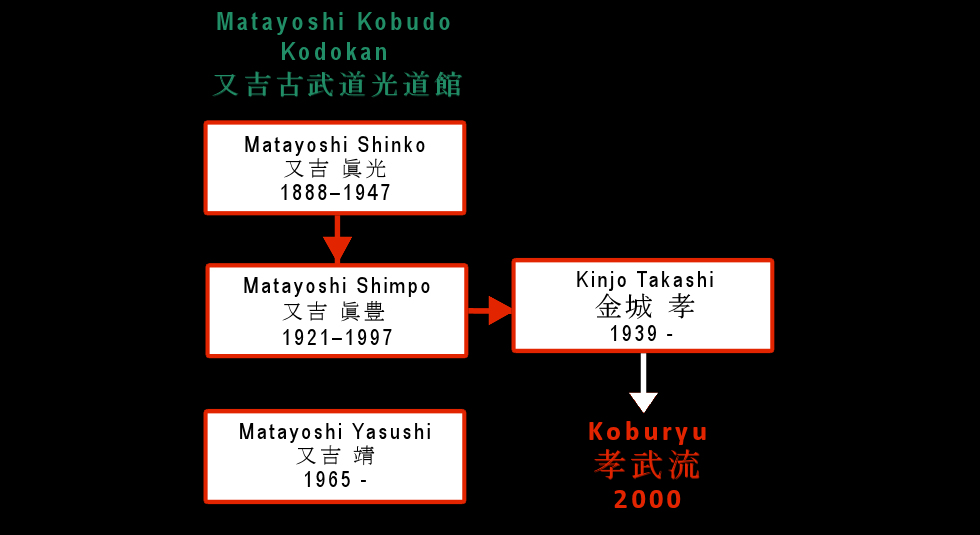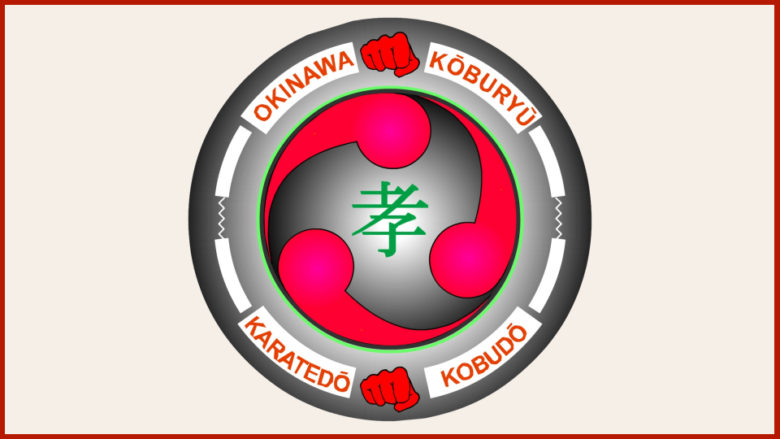A Modern Style of
Traditional Okinawan Karate
How can a karate style be both modern and traditional at the same time? Most karate masters of today are content to simply pass on exactly what was taught to them in exactly the way that it was taught to them. This is not true to the history of the fighting arts of Okinawa.
Karate and kobudō evolved over hundreds of years on the small island of Okinawa, once an independent country called the Ryūkyū Kingdom. The fighting arts of ancient Okinawa were never static. As a nation of seafarers, ideas from the many fighting arts of Southeast Asia became incorporated into the Okinawan fighting art called te, meaning hand.
As a tributary state of the powerful Ming Dynasty of China, Okinawan fighting arts were especially influenced by Chinese fighting arts from the Shaolin Temple known collectively as kung fu. The effectiveness of the Okinawan fighting arts derived from this great melting pot of ideas and methodologies.
Sōke Kaichō Kinjō believes that karate should continue to be an evolving art. Like the karate masters of old, he is continually analyzing and incorporating new ways to generate power and effectiveness while remaining true to the roots of karate as a practical means of personal defense.
Sōke Kaichō Kinjō’s chosen karate style, a decision he made as a young adult, was Uechi Ryū. After over 40 years of in-depth analysis and study within the Uechi Ryū family of karate styles, Sōke Kaichō Kinjō’s movement and techniques, while firmly based on traditional Uechi Ryū, had become distinctly different from Uechi Ryū.
No longer a comfortable fit in the Uechi Ryū family, Sōke Kaichō Kinjō made the difficult decision to branch out on his own. He introduced Kōburyū in the year 2000.
After years of intense study of both karate and kobudō, Sōke Kaichō Kinjō had come to believe that karate and kobudō are inseparable, like two halves of the same coin. Therefore he created Kōburyū to include both karate and kobudō under one unified theory of movement.
How is Koburyu different?

Use the whole body efficiently and powerfully
- Acceleration is key to achieving power
- Learn to use both right and left sides of the body effectively
- Apply the concept of dual forces (陰陽 – inyō) to block and attack
Power comes from the legs
- Develop sprinter-like speed
- Use the legs flexibly for explosive movement
- The feet are always moving
- Tighten the legs and lower the body on contact to deliver power effectively
Breathing technique adds to power
- Exhale strongly at contact to focus power
- Push the exhale from the diaphragm
Simultaneous block and attack
- Use the power of both hands to block
- Grasp the opponent and pull as you strike
- Block and attack in one continuous move
Every movement of the kata has a practical application
- Nothing is included just for show
- Practice until the techniques can be performed without thought
- Explore new applications of the movements in the kata
The goal is to end the fight
- Know the vulnerable points of the human body
- The opponent must become demoralized and unwilling to continue or disabled and unable to continue
- If the opponent has a weapon, neutralize the weapon
Soke Kaicho Kinjo Takashi
宗家会長 金城 孝
Kinjō Takashi (family name Kinjō followed by given name Takashi) was born in 1939 in Naha City, Okinawa, Japan. The Japanese character for Takashi is 孝. In the way of Japanese kanji, this character has a second pronunciation of kō (rhymes with toe). It is the kō pronunciation that Sōke Kaichō Kinjō has used to identify his style.
Kō has the meaning of “filial piety,” a concept that carries great meaning to Japanese people. Filial piety is a means to achieve family and social harmony. The concept comes from the teachings of Confucius. Defined as a child’s respect for his parents, it includes any relationship of a person to his parents, elders, ancestors and country. The filial child must care for his parents, owing them not only respect but love, support, loyalty and reverence.
Soke Kaicho Kinjo’s Karate Background
空手道
Sōke Kaichō Kinjō began his martial arts career in 1955, studying Shōrin Ryū under under the renowned Shōrin Ryū master, Nagamine Shoshin, founder of Matsubayashi Shōrin Ryū. However, in 1959, Sōke Kaichō Kinjō turned to Uechi Ryū under Itokazu Seiki, another karate great and renowned master of Uechi Ryū karate. Itokazu has the distinction of having studied directly under Uechi Kanbun, who studied in China and returned to found what was then known as Pangainoon Ryū. Pangainoon Ryū was renamed Uechi Ryū after Uechi Kanbun’s death.
Sōke Kaichō Kinjō’s lifelong study remained in the Uechi Ryū family of karate styles. Itokazu himself encouraged the young Kinjō Takashi, then a godan (5th degree black belt), to teach Uechi Ryū karate. Sensei Kinjō opened his first dojo in 1965. In 1978, a group of eight dojos led by Itokazu Seiki, broke with Uechi Kanei and went back to the original style name, Pangainoon Ryū. In 1989, Sōke Kaichō Kinjō established Kōnan Ryū, for the first time including karate and kobudō under one organization. Sōke Kaichō Kinjō earned hanshi kyūdan from Itokazu in 1989.
By 1989, the Uechi Ryū family of karate styles had grown to include Uechi Ryū, Pangainoon Ryū, Kōnan Ryū and Shōhei Ryū due to political resentments and differences in teaching methods. In 2013, Sōke Kaichō Kinjō was awarded hanshi jūdan by the Uechi Ryū Kei Rengō Kai, an association including all of the Uechi family of karate styles. In 2000, Sōke Kaichō Kinjō introduced Kōburyū, a new style based on Uechi Ryū but distinctly different.
By 2019, in preparation for the 2020 Olympics, Uechi Ryū, Pangainoon Ryū, Kōnan Ryū and Shōhei Ryū were unified under the name Uechi Ryū. Kōburyū remains separate.
Koburyu Karate Lineage

Shu Shiwa 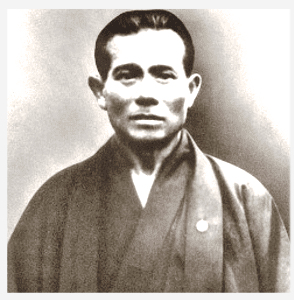
Uechi Kanbun 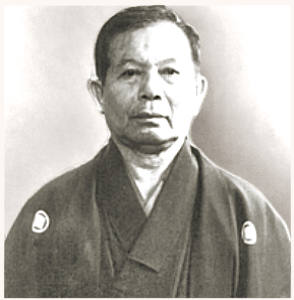
Uechi Kanei 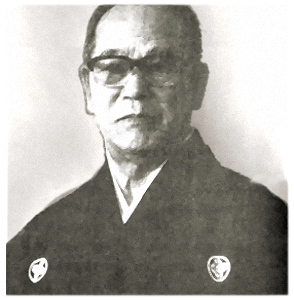
Itokazu Seiki 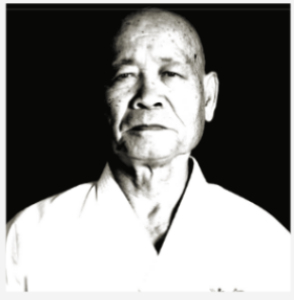
Kinjo Takashi
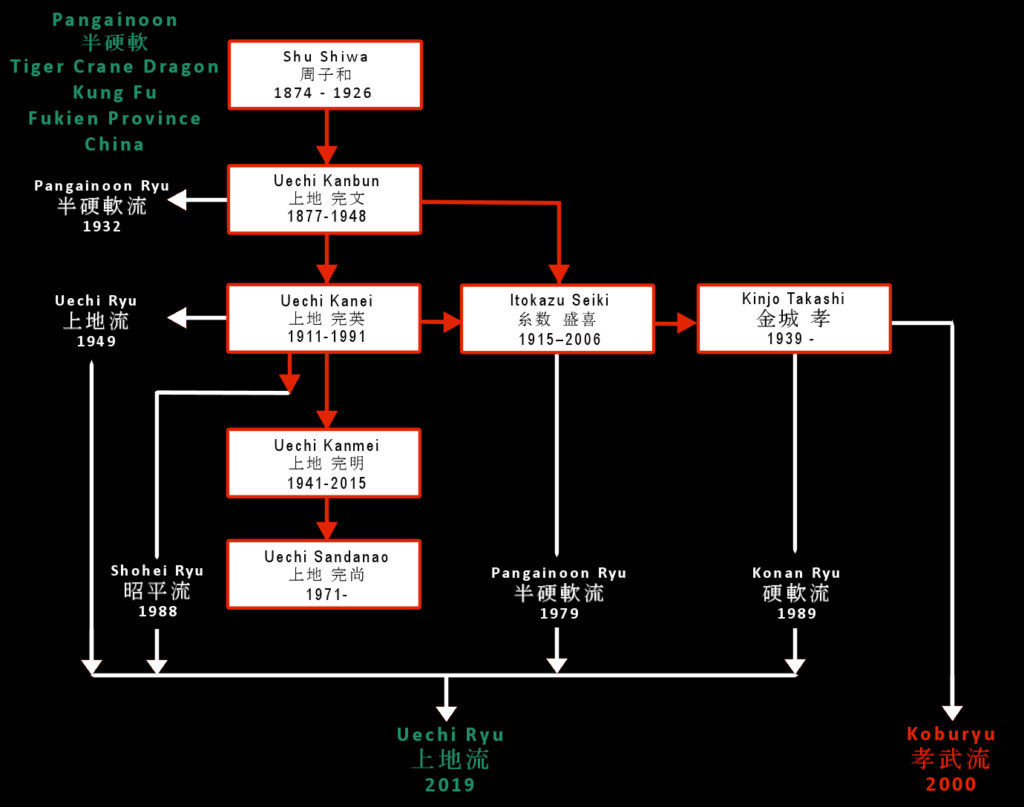
Soke Kaicho Kinjo’s Kobudo Background
古武道
Historically, kobudō was never part of Uechi Ryū. Indeed, Itokazu Seiki told his young protégé that the practice of kobudō would ruin his karate technique. In spite of this advice, in 1964 the young Kinjō Takashi began to study kobudō under Matayoshi Shimpo, head of the Matayoshi family kobudō.
Sōke Kaichō Kinjō earned hachidan (8th degree black belt) from Matayoshi Shimpo, but they eventually parted ways. Matayoshi Shimpo’s personal goal was to pass on the family kobudō style exactly as he was taught by his father, Matayoshi Shinko. Sōke Kaichō Kinjō’s desire to analyze and improve the movements of kobudō was in direct opposition to Matayoshi Shinpo’s chosen life work.
Sōke Kaichō Kinjō excelled at both karate and kobudō. Indeed, he was the first student ever to receive hachidan from Matayoshi Shimpo. He is widely acclaimed as the most proficient practitioner of ieku (oar), demonstrating ieku kata at many public events through the years.
Sōke Kaichō Kinjō came to believe that karate and kobudō, like two halves of the same coin, are one and inseparable. Moreover, he believes that, in a fight between two otherwise equally matched opponents, the opponent with knowledge of kobudō will win.
In 1989, Sōke Kaichō Kinjō split from Pangainoon Ryū to created Konan Ryū because the Uechi establishment would not accept Uechi Ryū karate and Matayoshi kobudō under one organization.
In 2000, Sōke Kaichō Kinjō introduced Kōburyū, a new style based on Uechi Ryū karate and Matayoshi kobudō but distinctly different from both. Not just political wrangling or differences in teaching methods, Kōburyū is a whole new movement methodology while retaining the basic structure of Uechi Ryū karate and Matayoshi kobudō kata.
Koburyu Kobudo Lineage

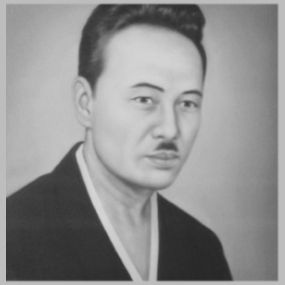
Matayoshi Shinko 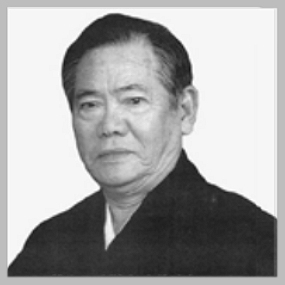
Matayoshi Shinpo 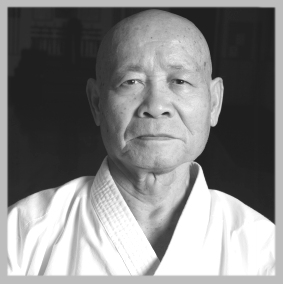
Kinjo Takashi 
